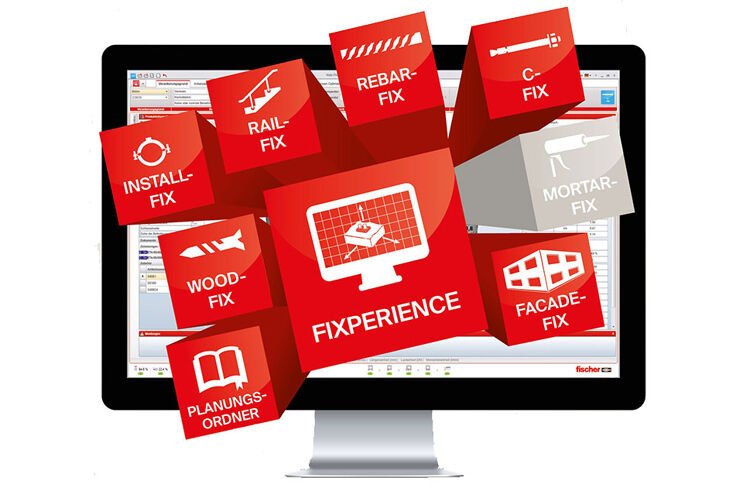Spring models as problem solver
The current methods for the design of anchorages given in the codes are deemed valid only if the baseplate is sufficiently stiff. The quantification of the required stiffness of the baseplate is one of the most discussed topics in the code committees since several years. The use of spring models can offer an innovative solution to this problem. The design of the anchorage as well as the baseplate can be optimized using linear spring models. Nonlinear spring models automatically account for the stiffness of the baseplate as well as the anchor stiffness within the linear and nonlinear range, thereby providing a direct calculation for the resistance of the anchor group. Therefore, with the nonlinear spring modelling approach it is possible to perform realistic calculations for anchorages that lie beyond the scope of the CC Method.

